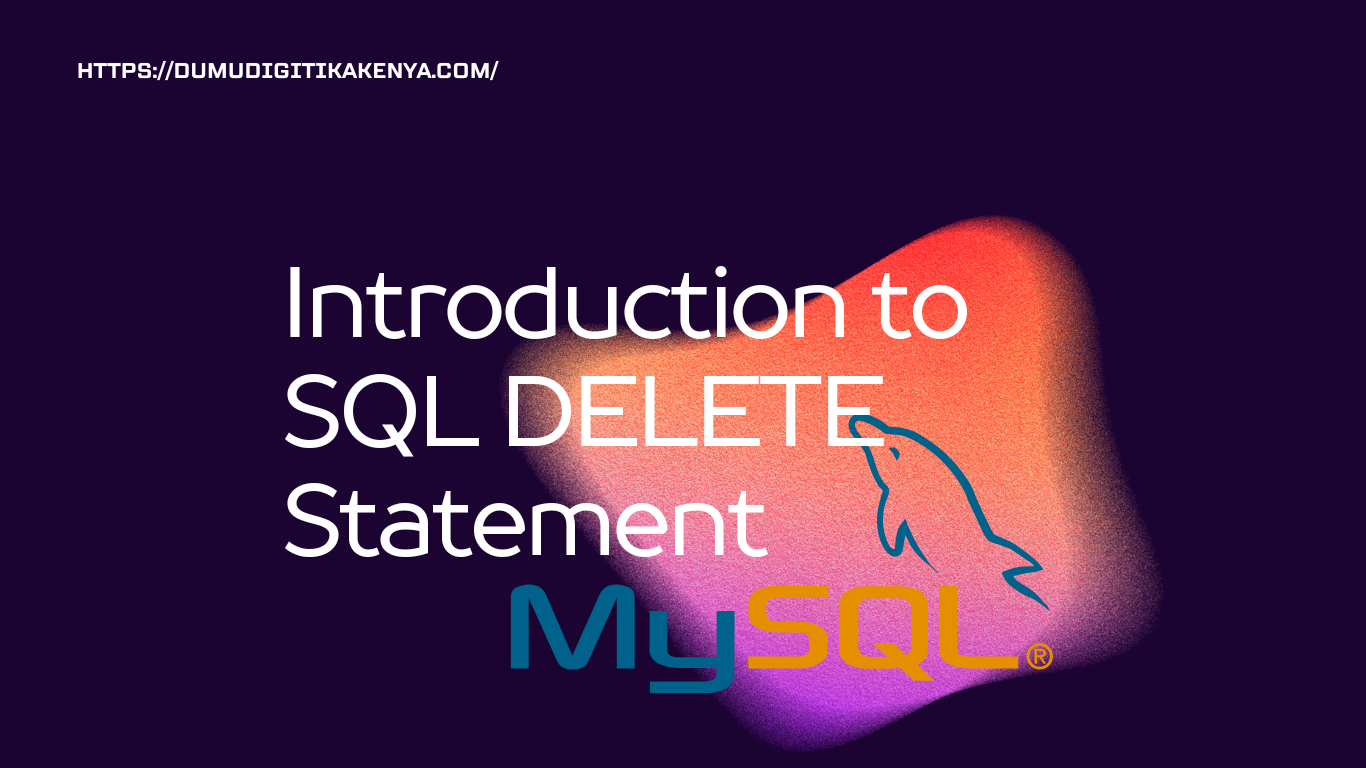Certainly! Let’s delve into the basics of the SQL DELETE statement.
Introduction to SQL DELETE Statement:
The SQL DELETE statement is used to remove one or more records from a table in a database. It allows you to specify a condition to delete specific rows, or you can delete all rows from a table without specifying any condition.

Table of Contents
Syntax:
The basic syntax of the DELETE statement is as follows:
DELETE FROM table_name
WHERE condition;- DELETE FROM: This part of the statement specifies the table from which you want to delete records.
- WHERE condition: This part is optional. It specifies the condition that must be met for a record to be deleted. If you omit the WHERE clause, all records in the table will be deleted.
Example 1: Deleting Specific Records:
Let’s say we have a table called employees with the following structure:
CREATE TABLE employees (
id INT PRIMARY KEY,
name VARCHAR(100),
age INT,
department VARCHAR(100)
);And it contains the following data:
| id | name | age | department |
|---|---|---|---|
| 1 | Alice | 30 | Sales |
| 2 | Bob | 35 | Marketing |
| 3 | Charlie | 25 | HR |
| 4 | David | 40 | IT |
Now, let’s delete the employee with the id = 2 (Bob):
DELETE FROM employees
WHERE id = 2;This will delete the record where id is equal to 2.
Example 2: Deleting All Records:
To delete all records from the employees table:
DELETE FROM employees;This will remove all records from the employees table.
Important Points to Remember:
- Always be cautious when using the DELETE statement, especially without a WHERE clause, as it can delete all records from a table.
- Always specify a condition when deleting records to avoid unintentional deletion of data.
- It’s a good practice to first run a SELECT statement with the same WHERE condition to ensure that you are targeting the correct records before executing the DELETE statement.
Conclusion:
The SQL DELETE statement is a powerful tool for removing records from a database table. It’s essential to use it with caution and always double-check the conditions before executing to avoid accidental data loss.
Would you like to explore any other aspects of SQL or have any further questions?




